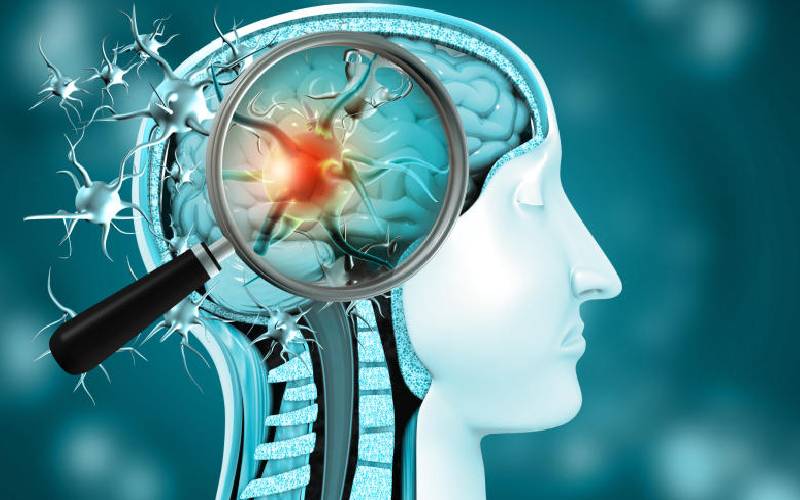
The first thought that probably comes to mind when someone mentions an ultrasound is that of a pregnant mother checking on her unborn baby. But technology has wider uses.
In medicine, ultrasound is used to detect changes in the appearance of organs, tissues and vessels and to detect abnormal masses, such as tumours. Doctors use ultrasounds to do abdominal scans, pelvic scans and pregnancy scans.
An ultrasound scan, which is usually a non-invasive procedure, uses high-frequency sound waves to make an image of a person’s internal body structures. An ultrasound machine directs these waves at the internal organs being examined and the reflected sounds are recorded to create an image that can be seen on a monitor.
New use in the treatment
Scientists have been developing new concepts for brain therapy over the last few years, new treatments that are set to revolutionise the treatment of brain diseases are now on the brink of broad clinical application.
Highly focused ultrasonic waves can now be used for non-invasive surgery, focal delivery of therapeutics or genes to selected areas of the brain and therapeutic modulation of neural networks in various brain diseases. This is possible through a technique called pulsed transcranial ultrasound stimulation (TPS).
Transcranial ultrasound stimulation is an emerging technique that can noninvasively excite or inhibit neural activity in targeted brain regions by delivery of pulsed ultrasonic waves. In a pilot study done by the Medical University of Vienna, Alzheimer’s patients showed sustained improvements over a period of three months.
Improvements on this technique are also expected to treat other brain diseases such as Parkinson’s, stroke, Multiple Sclerosis and neuralgia, for which there were previously only limited treatment options. “The patient data that has now been published, shows transcranial ultrasound innovations are safe and ready for broad clinical application,” says Roland Beisteiner, who supervised the development of this method at the university.
TPS is the only technique that can also activate deep regions of the brain in a targeted and non-invasive way. This makes TPS an option to treat brain diseases where restoring disrupted brain functions by activating still-functional neurons is possible. Scientists also believe this Viennese technique is virtually free of side-effects.
While the broad clinical roll-out for the technique has started, Besteiner says special expertise is needed to implement it. “The new treatment is an ongoing scientific development and requires clinicians to have specific neurological and methodological expertise, as well as knowledge of brain function.”
The University of Toronto has also developed another ultrasound technique that for the first time, makes it possible to treat brain malfunctions by targeted deactivation of overactive neurons without the need to open the skull. This technique is expected to revolutionise the treatment of many neurological movement disorders in future.
 The Standard Group Plc is a
multi-media organization with investments in media platforms spanning newspaper
print operations, television, radio broadcasting, digital and online services. The
Standard Group is recognized as a leading multi-media house in Kenya with a key
influence in matters of national and international interest.
The Standard Group Plc is a
multi-media organization with investments in media platforms spanning newspaper
print operations, television, radio broadcasting, digital and online services. The
Standard Group is recognized as a leading multi-media house in Kenya with a key
influence in matters of national and international interest.
 The Standard Group Plc is a
multi-media organization with investments in media platforms spanning newspaper
print operations, television, radio broadcasting, digital and online services. The
Standard Group is recognized as a leading multi-media house in Kenya with a key
influence in matters of national and international interest.
The Standard Group Plc is a
multi-media organization with investments in media platforms spanning newspaper
print operations, television, radio broadcasting, digital and online services. The
Standard Group is recognized as a leading multi-media house in Kenya with a key
influence in matters of national and international interest.







